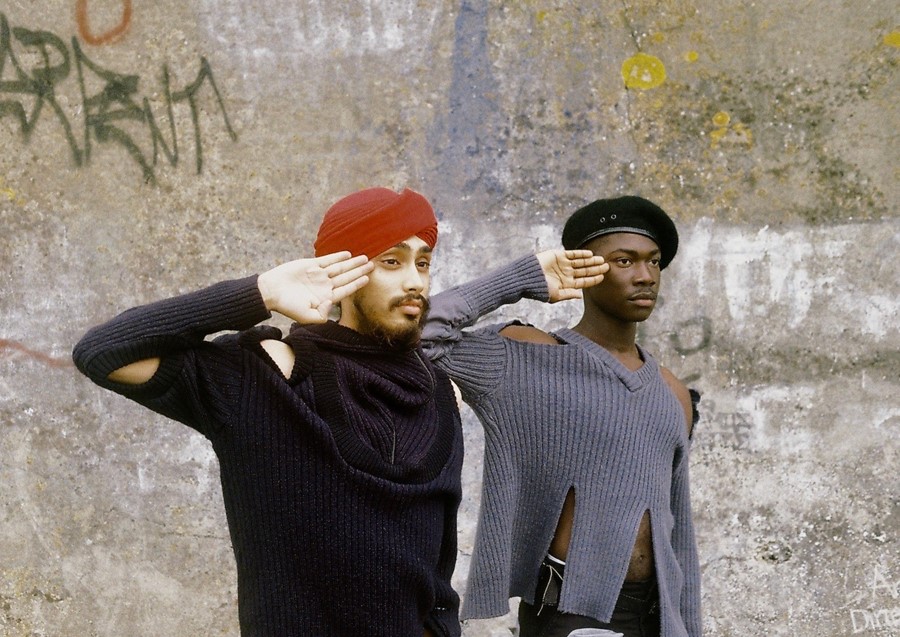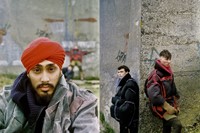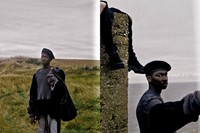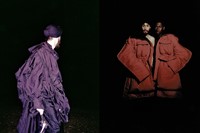Playing with the idea of men in armour, menswear designer Saskia Lenaerts deconstructs military garments before reconstructing them into something new
- Who is it? Saskia Lenaerts is a Belgium-born, UK-based menswear designer
- Why do I want it? Old military garments and deadstock fabrics are deconstructed, before being reconstructed into voluminous silhouettes and skin-baring shapes
- Where can I find it? Online at saskialenaerts.shop
Who is it? Belgian menswear designer Saskia Lenaerts moved to London several years ago, unsure of what she wanted to study in the arts. However, after enrolling on a foundation course at Central Saint Martins, she soon discovered that fashion was the medium she connected with the most. “I think that fashion says so much about who we are and how we represent ourselves,” Lenaerts explains. From there, she moved back to Belgium, studying at the Royal Academy of Fine Arts Antwerp for three years, before returning to the UK, graduating from Central Saint Martins with an MA in Menswear last year.
Lanaerts’ work draws inspiration from her own mixed heritage and culture. “Sometimes I feel neither here nor there and that intangible space has become my home,” she says. “It’s not that I’m half Belgian, a quarter Egyptian and a quarter Polish – it’s more layered than that. So my work is socially and politically engaged; I’m interested in post-colonialism, and the ways that the West has influenced other cultures.” During her undergraduate degree at Kingston University, she heavily researched the Namibian Herero tribe, who to this day wear the military uniforms brought to their country by 19th-century German colonialists, as a subversive act of defiance. This history began to underpin the overarching themes of her designs. “I found this story incredibly interesting,” she says. “It led me down a path into looking at the way men present themselves aesthetically, and how that represents what they stand for.”
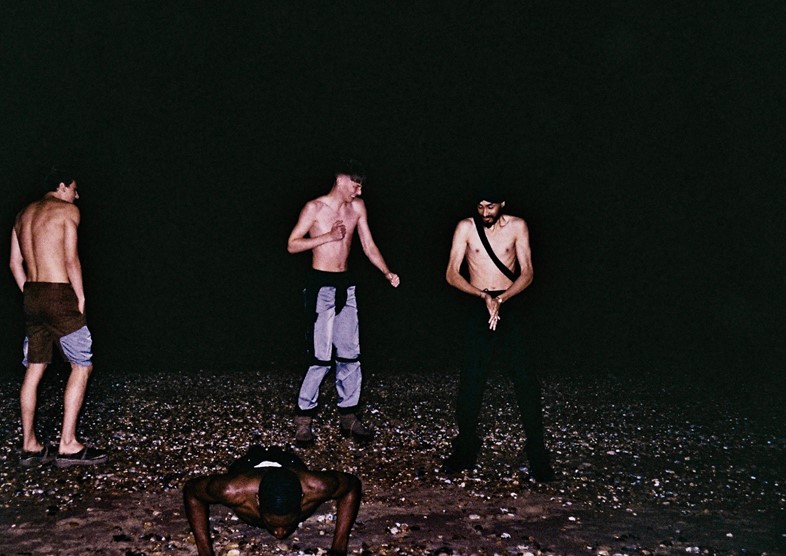
Why do I want it? For her MA collection, titled DISARMED, Lenaerts worked with the metaphor of disarmament and breaking down borders, by literally deconstructing military garments, before reconstructing them into something new. “I was able to give them new meaning and a new purpose,” she says. Most of her materials are sourced from military surplus stores, but she also has several eBay sellers who specialise in the sales of old uniforms. With a focus on outerwear, and creating exaggerated volume and structures, Lenaerts continues to play with the idea of men in armour, with pieces such as the Immunity Parker and Buffer Puffer. But she also creates cutouts in the clothes that allude to vulnerability: knitwear is often shredded to show slivers of bare skin, and accessories made from deadstock leather and rubber are sliced up and reformed into tote bags and backless footwear.
Cutting and splicing ephemera together even forms the heart of her research process, with everything she makes beginning as a collage. “Usually I have an entire folder of images, from the library, online, even Instagram. And then I will look at multiple images together and see how they would work to form garments. From here, I’ll begin drawing up silhouettes.” Deadlines permitting, this process can sometimes take months. “Without having the research it doesn't make sense to me to start designing – and I really enjoy it,” says Lenaerts.
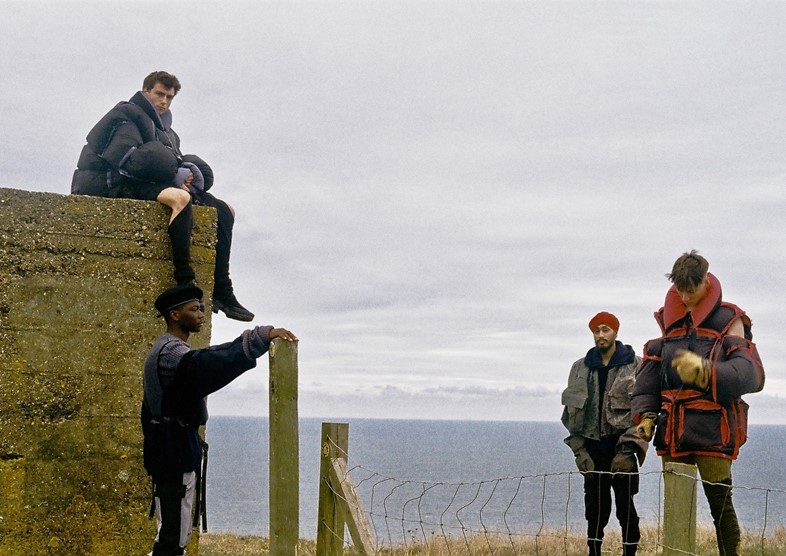
Her latest collection, which showcased as part of Lisbon Fashion Week in October 2020, was presented as a film by Mr Labembika, which can be viewed below. The pair travelled to the south coast of the UK, to shoot against the backdrop of concrete ‘sound mirrors’, which were installed during World War I to detect noises from enemy aircrafts. A series of images were produced in conjunction with the film, which are published as part of this article. “We felt it was a meaningful place to shoot the garments,” she says. “The five models in the clothes are friends and neighbours, who have all had a displaced life in one way or another, but all ended up living in London.”
While Lenaerts wants to continue with her label, this latest project – alongside the precarious state of the fashion industry in light of the pandemic – has encouraged the designer to see what she does in a holistic sense. “We can see now that it is possible to work outside of a seasonal schedule,” she says. “It’s possible for young designers to have that freedom. I also feel inspired to make pieces of art that aren’t necessarily related to clothing,” she concludes. “I am a fashion designer, first and foremost, but I feel like it can take it further.”
Where can I find it? Online at saskialenaerts.shop.
